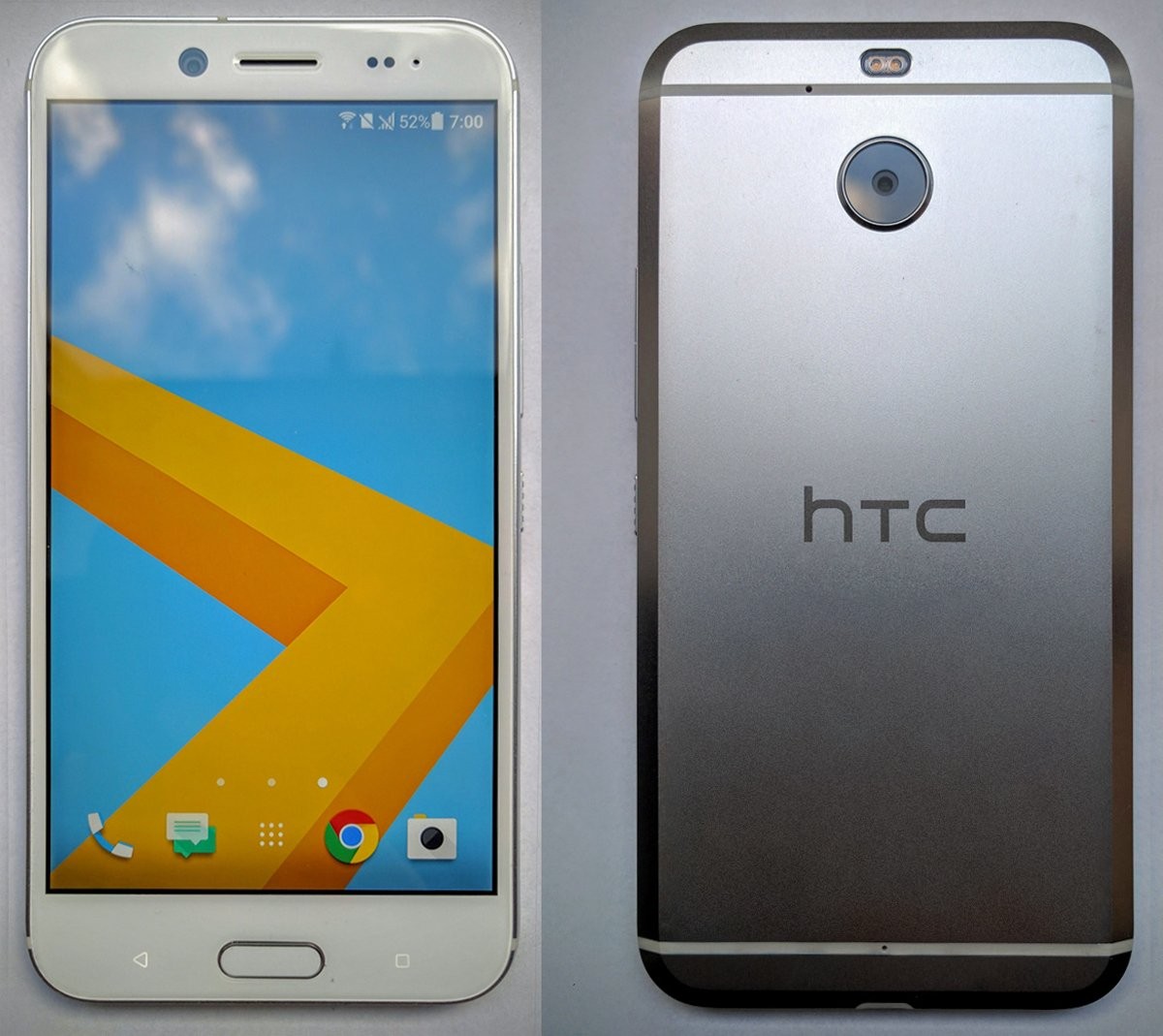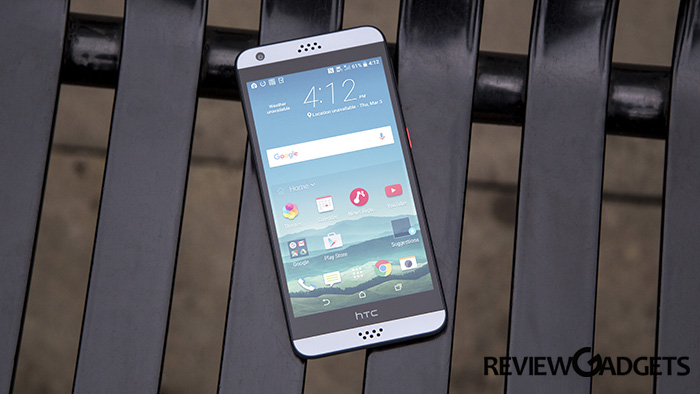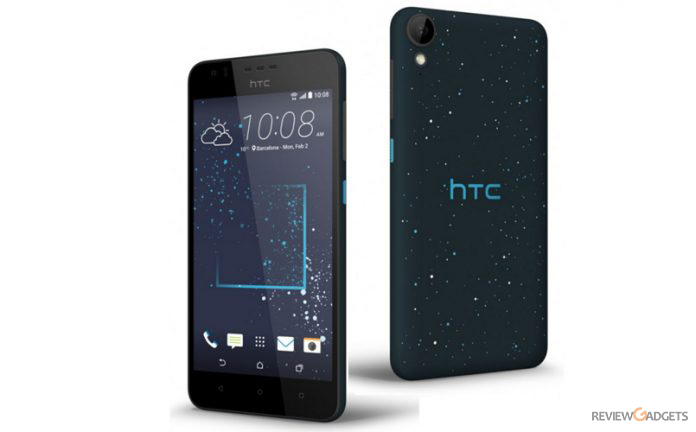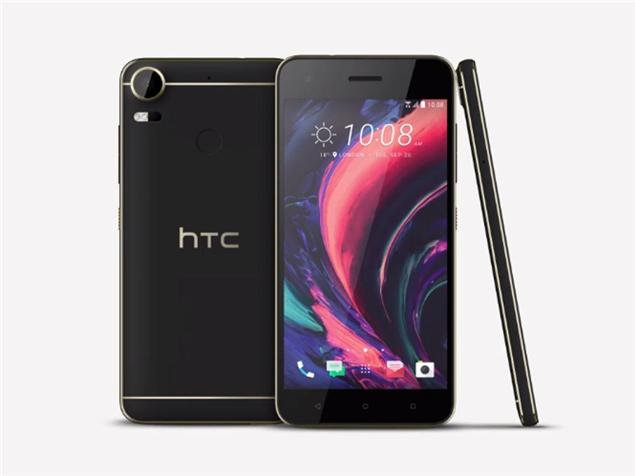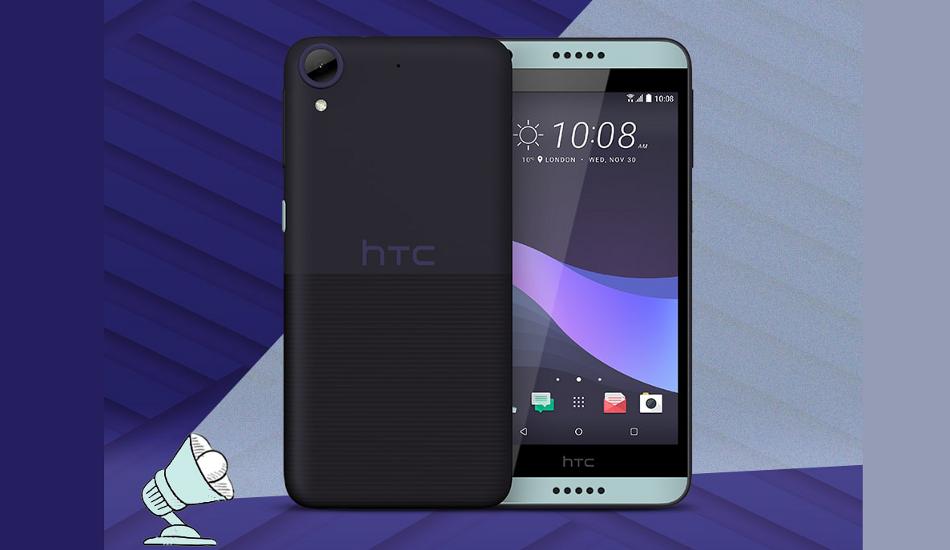HTC, a Taiwan-based company, has aced up its sleeves and launched a new smartphone in its popular series, HTC Desire. The HTC Desire 830, a successor of HTC Desire 820 was launched on 3rd May in Taiwan and will be available for sale in its home country from Friday. The pricing of the device has been attractively set at an NT $9,990 approx INR 20,260. However, speaking about other countries, nothing has been mentioned about the availability and pricing in other territories.
The HTC Desire 830 comes with a 5.50-inch display with a resolution of 1080×1920 pixels. It runs MediaTek Helio X10 chipset and is clocked by 1.5GHz octa-core processor. The phone packs 3GB of RAM and 32GB of internal storage. And further on, it can be extended up to 128GB via a micro-SD slot card.
Regarding the camera features, HTC Desire 830 sports a 13-megapixel primary camera with LED flash and a 4-Ultrapixel front facing camera for selfies resulting in above average images. It is operated by Android Marshmallow on Helio X10 S0C and is backed up by a small 2800mAh non-removable battery. Further on, talking about its dimensions, it measures 157.50 x 78.90 x 7.79 mm and is available in Orange and Blue color variants.
A single SIM smartphone includes the Connectivity options such as Wi-Fi, Bluetooth, FM, 4G Network. And Sensors on the device include Proximity sensor, Ambient light sensor, and Accelerometer. Don’t Miss: HTC 10 Review
The HTC Desire 830 has been beautifully made out of the plastic that curves at the back for the better and comfortable grip alike the most smartphones in this price range. In supplement, it features a front facing high-resolution BoomSound stereo speakers.
HTC, a telecommunication was founded 18 years ago in 1997 as a laptop manufacturer. The company soon started making smartphones based on the Windows Mobile Brew. In 2008, the company released its first Android smartphone, HTC Dream. And now, the tech giant today manufactures both the Android and Windows based smartphones. And in 2014, the firm made a huge step by re-entering in the tablet market with Google Nexus 9.

